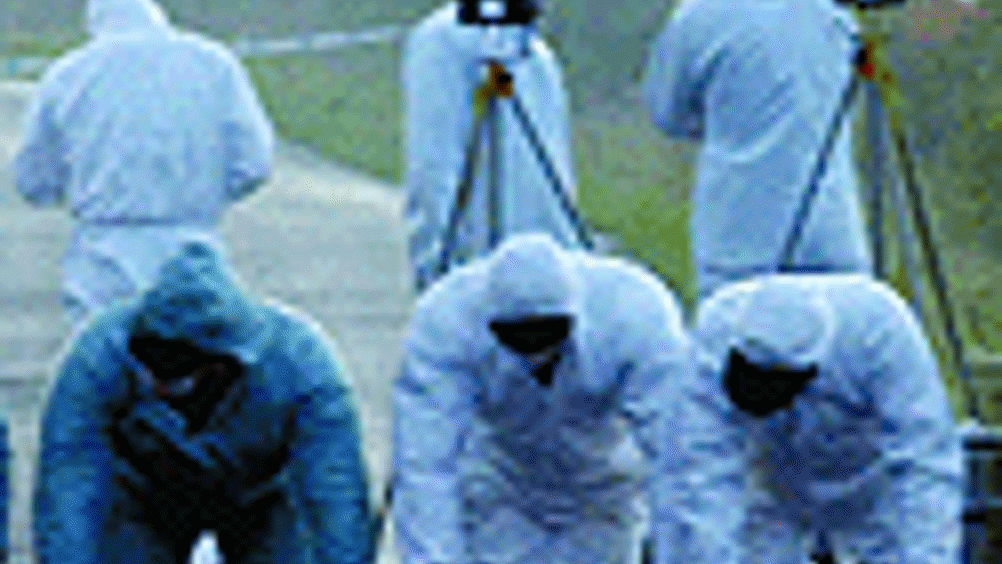Down to the wire
Researchers from Southampton University are building a sensor sensitive enough to analyse solutions so weak that they contain only one molecule of target compound in 10 million of solvent

The laws of physics are strange at nano-scale. Take optical fibres, for example. Normal-size fibres act like pipes, with the light flowing inside the confines of the strands of glass. But make the fibre smaller — below the wavelength of the light — and the light will leak out of the sides of the strand while still following its path.
Using this odd property, researchers from
are building a sensor sensitive enough to analyse solutions so weak that they contain only one molecule of target compound in 10 million of solvent. Ten times more sensitive than anything else available, the sensors are likely to find applications in forensics and security-related sectors.
The sensitivity of the technique could allow the detection of small amounts of explosives or toxins and will also allow forensics experts to test extremely small samples gathered from crime scenes.
Gilberto Brambilla's team at the university's optoelectronics research centre makes the nanowires from standard optical fibres and stretches them carefully to reduce the diameter almost a thousand-fold. The sensor will use fibres around 400nm in diameter, although Brambilla said his stretching technique can produce diameters as low as 50nm.
Register now to continue reading
Thanks for visiting The Engineer. You’ve now reached your monthly limit of news stories. Register for free to unlock unlimited access to all of our news coverage, as well as premium content including opinion, in-depth features and special reports.
Benefits of registering
-
In-depth insights and coverage of key emerging trends
-
Unrestricted access to special reports throughout the year
-
Daily technology news delivered straight to your inbox










Pipebots Transforming Water Pipe Leak Detection and Repair
Fantastic application.